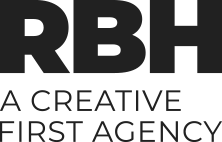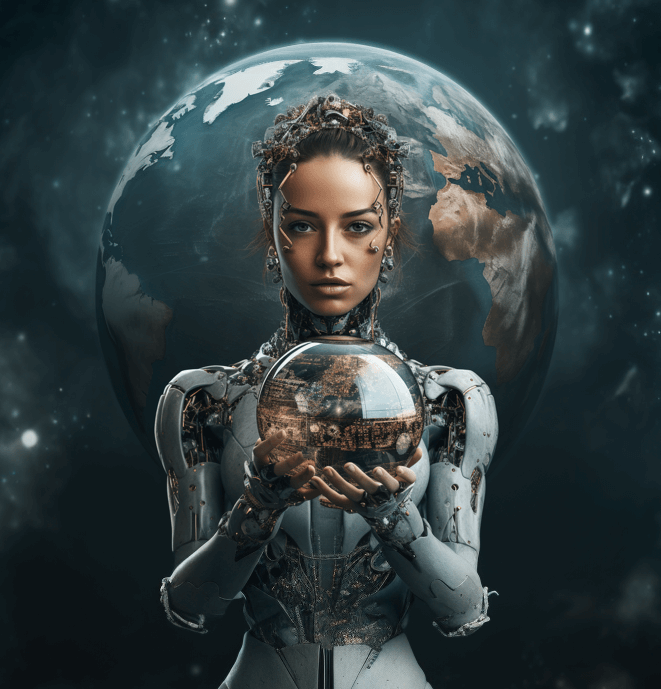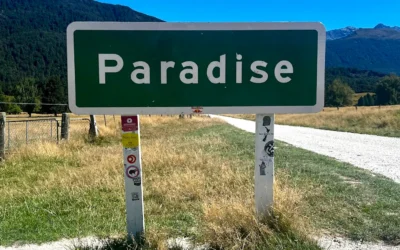It’s important that we have a broad understanding of the available AI platforms out there so that we can make the most of what they have to offer.
But which to choose? There are tools that can now help with almost every part of the creative process: generating ideas, creating content, understanding audiences, and measuring their performance.
It would be easy to hinder workflow by choosing one that, whilst appearing to solve issues, creates them in the wider scheme of things. The following are some examples of AI that you are most likely to have heard about. In each case we look at what they promise to do. Whether they actually deliver on that depends entirely on how much control you have over them.
Jasper
Jasper is an AI writing tool which can generate copy from simple inputs and prompts. This can be used to write blog posts, press releases, or any sort of brand content. One of Jasper’s many features is the function to input your own brand’s tone of voice, meaning that unique content can be created in line with corporate identity and style. Once you input information about your company, Jasper continues to learn about your brand, your products or services, and even your audience, so that it can continue to create relevant brand pieces.
Notion
Notion brands itself as an AI assistant for the workplace. It can notes, read documents, and write content. It can also help with brainstorming, picking out action items and create summaries of existing work. Notion AI can speed up workload, however its output is still quite rough, and will need to be edited manually before being used for anything client- or consumer-facing.
Magician (for Figma)
Magician is an AI tool for use in design software Figma. This beta program can be integrated into Figma and allows for the instant generation of icons, images and copy into your design, with just a short text-based prompt.
Khroma
Khroma can be used to create unlimited colour palettes. You input a few of your favourite colours, then it uses machine learning to combine these with the most popular man-made palettes to create an infinite number of combinations which can be viewed as gradients, palettes, typography, or even custom images. You can also search for new palettes by hue, tint or value, as well as by hex and RGB values.
AutoDraw
AutoDraw is another Google-powered tool. It uses AI to learn what you are drawing (or attempting to draw) and give you suggestions based on it. For example, from my very simple drawing of a frog, AutoDraw generated several different image options for me to work with, before I’d even finished my prompt drawing:

Fontjoy
Fontjoy uses AI to generate combinations of fonts which pair well together for various projects. The systematic formula helps to find fonts which share similarities but contrast just enough to create an interesting visual, rather than a boring or jarring look.
Let’s enhance
This tool allows for the automatic upscaling of images up to 16x their original size whilst improving their quality. It uses a neural network and machine learning to add extra pixels into images, to enlarge and enhance.
Neural filters
Neural filters is a new beta workspace in Photoshop which uses AI to create filters over images, which drastically reduces the time it takes to do certain tasks. For example, these filters include skin smoothing, makeup application, and even editing faces to make people smile or look in a different direction.
Firefly (beta)
Firefly is the generative AI tool from Adobe which can create images from text prompts, extend existing images and use generative fill to remove aspects of an image or add in new ones.
The dangers of a faux workflow
It’s possible you will have seen informational style videos on TikTok, teaching us how to stack AI tools to create whole workflows. However, this generally doesn’t pan out as smoothly as they make it seem. We’ve been experimenting with some of these workflows to see just how effective (or not) they really are.
We fell at the first hurdle, after visiting one of the most talked about programs on TikTok and discovering you must join a long waiting list and be ‘invited’ to the platform before you can even look at its offering. We joined the waiting list, and even answered the additional questions to move further up the waiting list. We have, however, still not received an invitation.
Nevertheless, we found an alternative program and asked it to write a script for an orange-flavoured carbonated drink. We then took that script and fed it into a deepfake-style website where hyper-realistic human avatars will read whatever text you input.
The result was a video which was definitely not right. Although the lip movements of the avatar matched up with the script, the body language was all wrong, making it more than a little creepy. Then the script provided by the advert-writing AI model was also a little off. While the sentences did make some sort of sense, it certainly lacked style and fluency. See for yourself. Here are a couple of lines from the script it generated:
‘Savour the zestful essence of freshly squeezed oranges combined with the effervescence of carbonation.’
‘Orange Crush is the go-to beverage for those craving a citrus delight.’
At a glance, both sentences seem fine, but if you read them again they sound like a parody of advertising language – shot through with a touch of the surreal. It is, you realise, the linguistic equivalent of ‘uncanny valley’. Right now, writing seems best left to the copywriters. Indeed, we’re reluctant to allow any of our output to be left solely to AI. AI is a fantastic way to improve ideation and initial responses to briefs, and for us to broaden our horizons, as we now have myriad tools to help us find new avenues into a project. Not until we have full control over how AI gathers its learning will we be using it in as anything more than a springboard.





